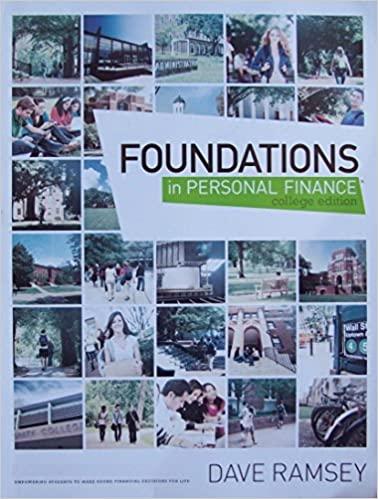Question
1.Suppose two factors are identified for the U.S. economy: the growth rate of industrial production, IP, and the inflation rate, IR. IP is expected to
1.Suppose two factors are identified for the U.S. economy: the growth rate of industrial production, IP, and the inflation rate, IR. IP is expected to be 3% and IR 6%. A stock with a beta of 1 on IP and 0.6 on IR currently is expected to provide a rate of return of 11%. If industrial production actually grows by 4%, while the inflation rate turns out to be 7%, what is your best guess for the rate of return on the stock? (Round your answer to 1 decimal place.)
Rate of return %
2.Assume both portfolios A and B are well diversified, that E(rA) = 15.8% and E(rB) = 18.8%. If the economy has only one factor, and A = 1 while B = 1.3,What must be the risk-free rate? (Do not round intermediate calculations. Round your answer to 1 decimal place.)
Risk-free rate %
3.
Suppose there are two independent economic factors, M1 and M2. The risk-free rate is 5%, and all stocks have independent firm-specific components with a standard deviation of 40%. Portfolios A and B are both well diversified.
| Portfolio | Beta on M1 | Beta on M2 | Expected Return (%) |
| A | 1.8 | 2.2 | 30 |
| B | 2.1 | -0.5 | 8 |
|
| |||
What is the expected returnbeta relationship in this economy? (Do not round intermediate calculations. Round your answers to 2 decimal places.)
Expected returnbeta relationship E(rP) = % + P1 + P2
Step by Step Solution
There are 3 Steps involved in it
Step: 1

Get Instant Access to Expert-Tailored Solutions
See step-by-step solutions with expert insights and AI powered tools for academic success
Step: 2

Step: 3

Ace Your Homework with AI
Get the answers you need in no time with our AI-driven, step-by-step assistance
Get Started


